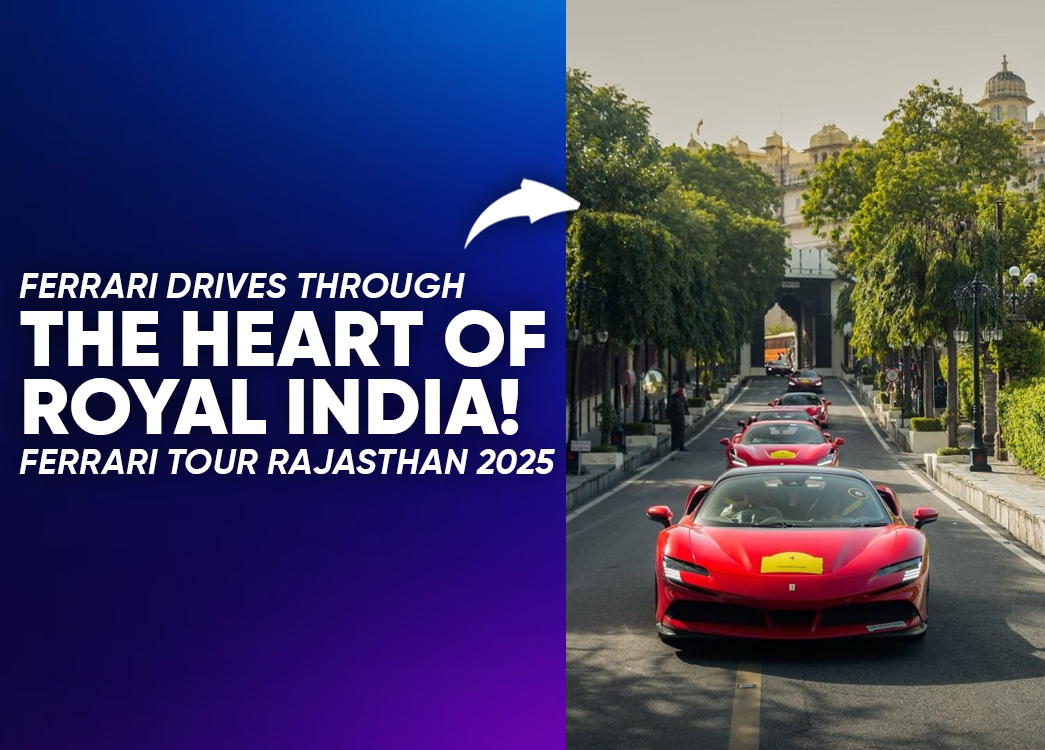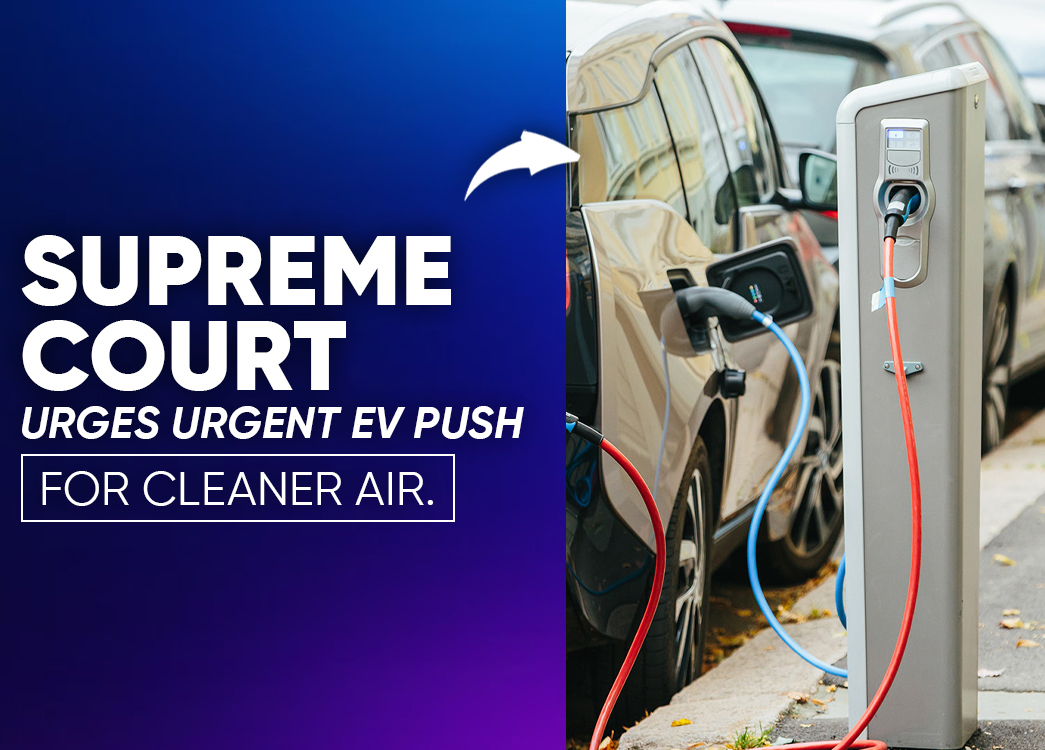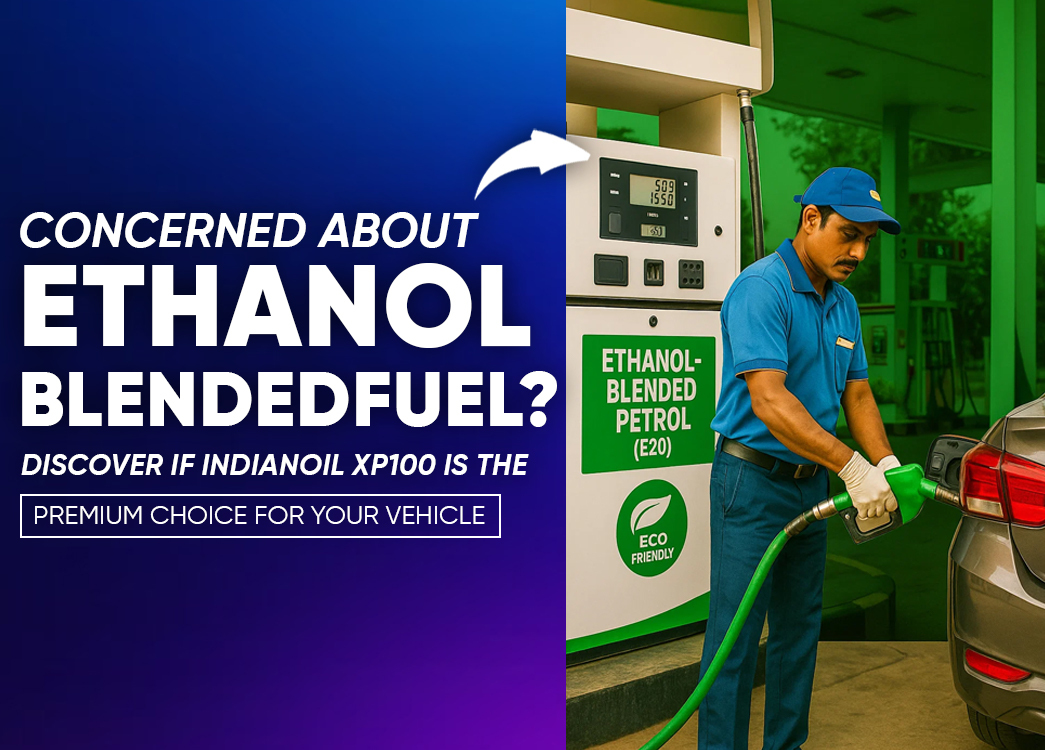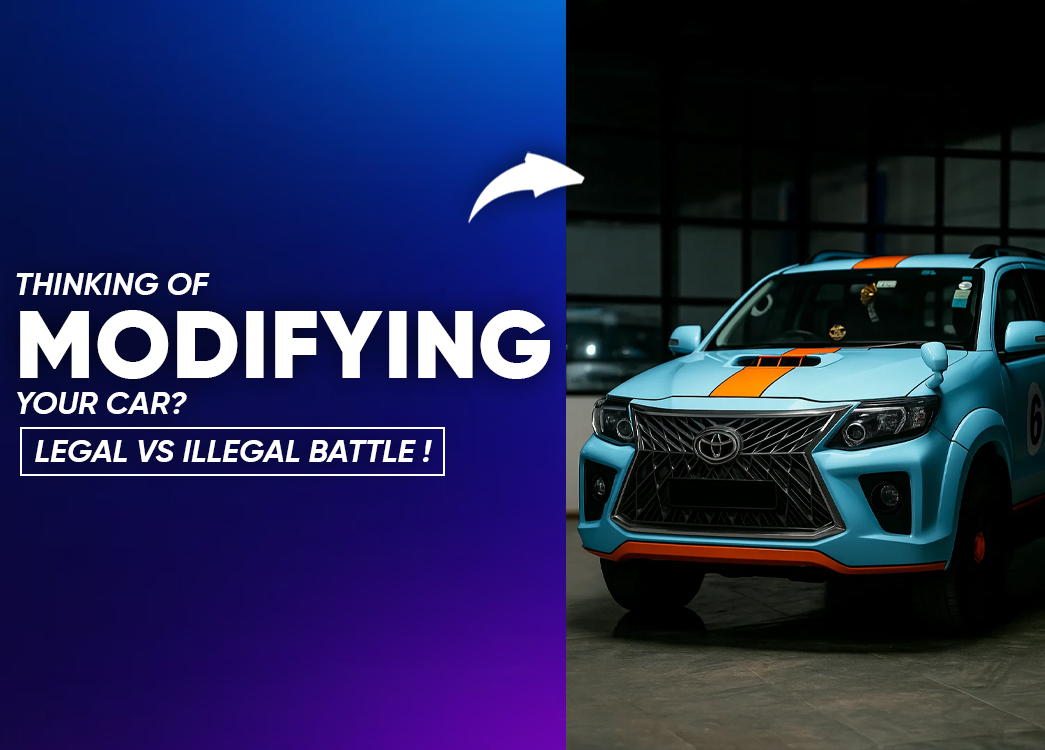
By Chaitali joshi On 20-11-2025 at 9:30 am
Car Window Tinting Laws in India: Legal VLT Limits, Rules and Penalties for Car Owners in India
Car Window Tinting Laws in India: Legal Limits, Rules, Compliance Guide
Car owners in India often consider car glass tinting to improve comfort, reduce heat, and upgrade the look of their vehicle. But before you apply any tint, it is important to understand the legal rules set by the Supreme Court of India. These rules specify how much tint is allowed and what is completely banned. This guide explains all legal tint limits, why the rule was introduced, fines for violations, myths, compliance tips, and safe removal methods. Everything is explained in simple terms for easy understanding.
What is Car Glass Tinting and Why Drivers Use It
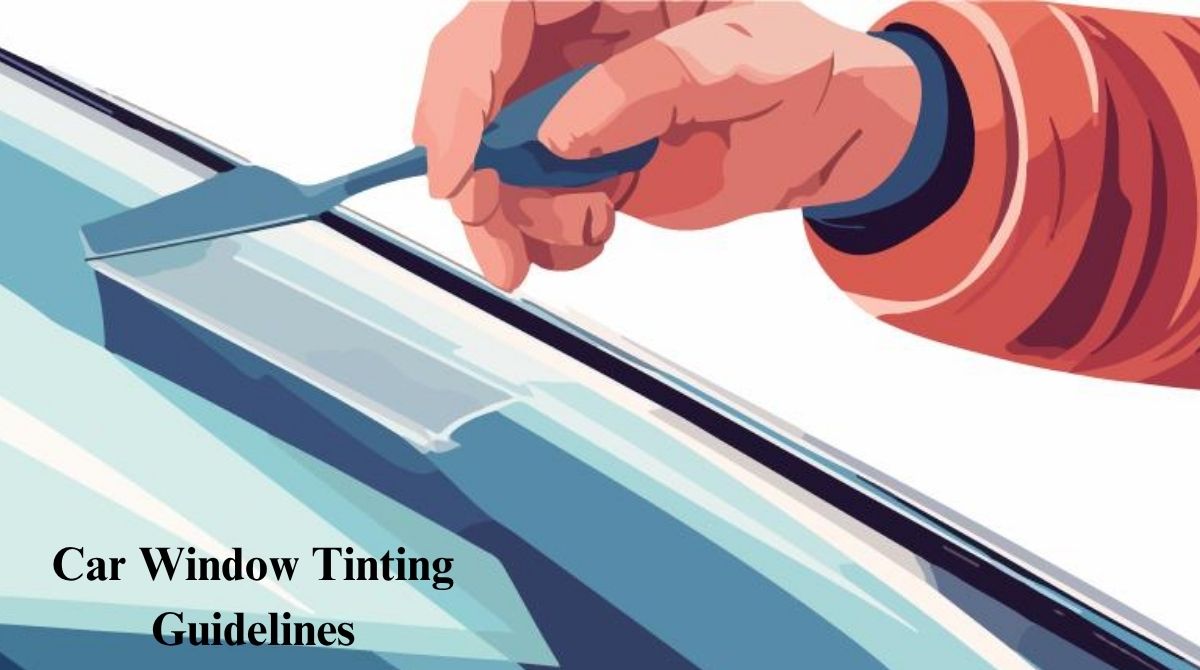
Car glass tinting is the process of applying a thin laminated film on car windows and windshields to reduce direct sunlight, heat, and harmful UV rays. It improves comfort inside the car and protects the interior from fading. The tint film is usually thin, dark, and designed to roll up and down with ease.
Tinted windows keep the car cooler, reduce sun glare, protect passengers from UV rays, and improve the car’s overall aesthetic appeal. However, because tints can block visibility, they are strictly regulated in India for safety and law enforcement reasons.
Why Car Window Tinting is Legally Regulated in India
The Supreme Court introduced strict car window tinting laws to maintain clear visibility for drivers and traffic police. The rules also prevent misuse of tinted cars for illegal activities. Tinting laws protect citizens, support crime prevention, and maintain safety on busy Indian roads.
Legal VLT Limits for Car Window Tinting in India
The Motor Vehicles Act and the Supreme Court ruling define the legal limits for tinting in India. VLT stands for Visual Light Transmission, meaning how much light passes through the glass.
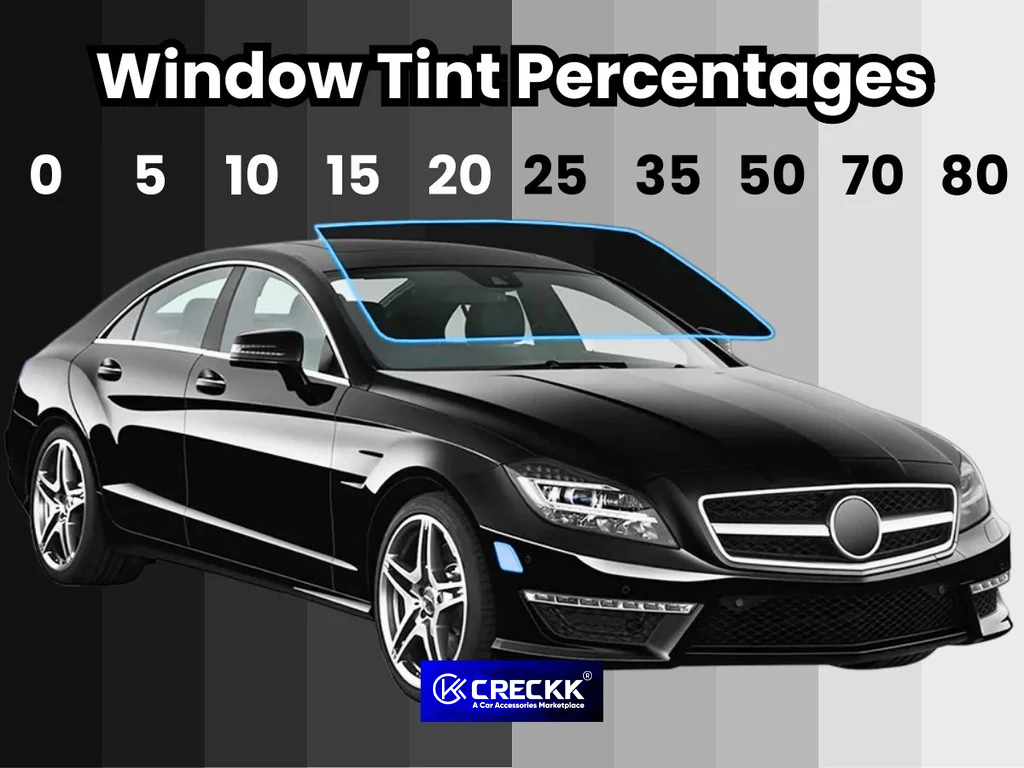
| Car Glass Area | Minimum Legal VLT Requirement |
|---|---|
| Front Windshield | 70 percent VLT |
| Rear Windshield | 70 percent VLT |
| Side Windows | 50 percent VLT |
The most important rule: The use of any aftermarket film on car windows is banned, even if it meets the VLT limit. Only factory-fitted glass with legal VLT is allowed on Indian roads.
Why These Tint Rules Were Introduced in India
The tint laws were introduced for public safety. Tinted cars can hide criminal activities, making it difficult for police to observe what is happening inside. The law ensures that visibility remains clear during traffic stops, crowded road conditions, and when verifying driver identity. The rules also reduce accidents caused by reduced visibility and help maintain road safety standards across the country.
State-Wise Tinting Laws in India and Applicable Penalties
Tint restrictions are the same across all states because the rule is from the Supreme Court. Penalties are also similar nationwide.
| Offence Type | Penalty Amount |
|---|---|
| First Offence | Rs. 100 |
| Second Offence | Rs. 300 |
| Repeated Violations | Up to Rs. 2,000 and possible legal action |
Police may also ask you to remove the tint immediately. In some cases, the vehicle may be seized temporarily or the RC may be suspended.
Common Misconceptions About Car Window Tinting Laws in India
Several myths create confusion among car owners. Understanding these helps avoid penalties.
There are no exemptions for normal vehicles. Only select high-security government vehicles may get permission, and even they follow strict VLT guidelines. Many people also believe that clear aftermarket films are legal. This is incorrect because all aftermarket films are banned, regardless of transparency level. But factory-fitted tinted glass that meets the 70 percent and 50 percent VLT rule is fully legal.
Consequences of Violating Car Window Tinting Rules in India
Driving with illegal tint can cause financial and legal trouble. Fines increase for repeat offences. Police may ask you to remove the tint immediately or inspect the vehicle more closely due to suspicion of illegal activity. Insurance claims may be rejected if tinting violates legal limits during an accident. Repeated violations may even lead to RC cancellation or further legal action.
How to Ensure Your Car Glass Tint Meets Legal VLT Limits
To stay compliant, use only manufacturer-provided glass with approved VLT. You can also use a VLT meter to check if the tint meets legal standards. Professional installers can verify the light transmission levels before installation. Avoid adding any film after purchase, including clear UV films or light shades. Stick strictly to factory-approved glass.
Safe Methods to Remove Illegal Car Window Tint
If your vehicle currently has aftermarket tint, remove it safely to avoid damage.
You can loosen adhesive using a heat gun and slowly peel the tint. A steam device also works well to soften adhesive. Soapy water can help remove older tints by softening glue under sunlight. Rubbing alcohol can help clean leftover adhesive. If these methods fail, seek professional help to prevent damage to your car glass.
Are Temporary Shades or Sunshades Legal in India
Temporary stick-on shades and suction-based sunshades are not legal while driving. They reduce VLT and block visibility, violating the tint rules. You may be fined for using them. They are allowed only when the car is parked to avoid overheating. To stay compliant, avoid any material that blocks visibility while driving.
Importance of Car Insurance Along with Tint Compliance
Maintaining the correct tint level is only one part of responsible driving. You also need the right car insurance for protection against accidents, natural disasters, theft, and third-party liabilities. Insurance becomes essential because claims can be rejected if your car violates any legal rule, including illegal tinting. Choosing the right insurance keeps you financially secure and legally compliant.
Final Thoughts on Car Window Tinting Rules in India
Car window tinting laws in India protect public safety and make the roads safer. Understanding legal VLT limits helps you avoid fines, stay compliant, and ensure your safety and that of everyone on the road. Always use factory-approved tint levels, avoid aftermarket films, and check your car windows regularly to remain within legal guidelines.
FAQs:
Is tinted glass legal in all states of India
No. All aftermarket tinting films are banned across India. Only factory-fitted glass with 70 percent VLT for windshields and 50 percent VLT for windows is permitted.
Can I use temporary sunshades to block heat
No. Temporary sunshades are not allowed while driving because they reduce visibility. They are only permitted when the car is parked.
How can I check if my car tint is legal
A VLT meter can be used to test the light passing through the glass. Most car décor shops and car consultants can measure it for you.
Are there exemptions for government officials
Some high-security individuals like Z and Z+ category personnel may receive exemptions, but these guidelines are controlled and not clearly published. General car owners should avoid tinting altogether.
Will insurance reject claims if illegal tint is found
Yes. Insurance companies may deny claims if your car violates legal tint rules during the time of an accident or inspection.
Author
Chaitali joshi
Related posts
